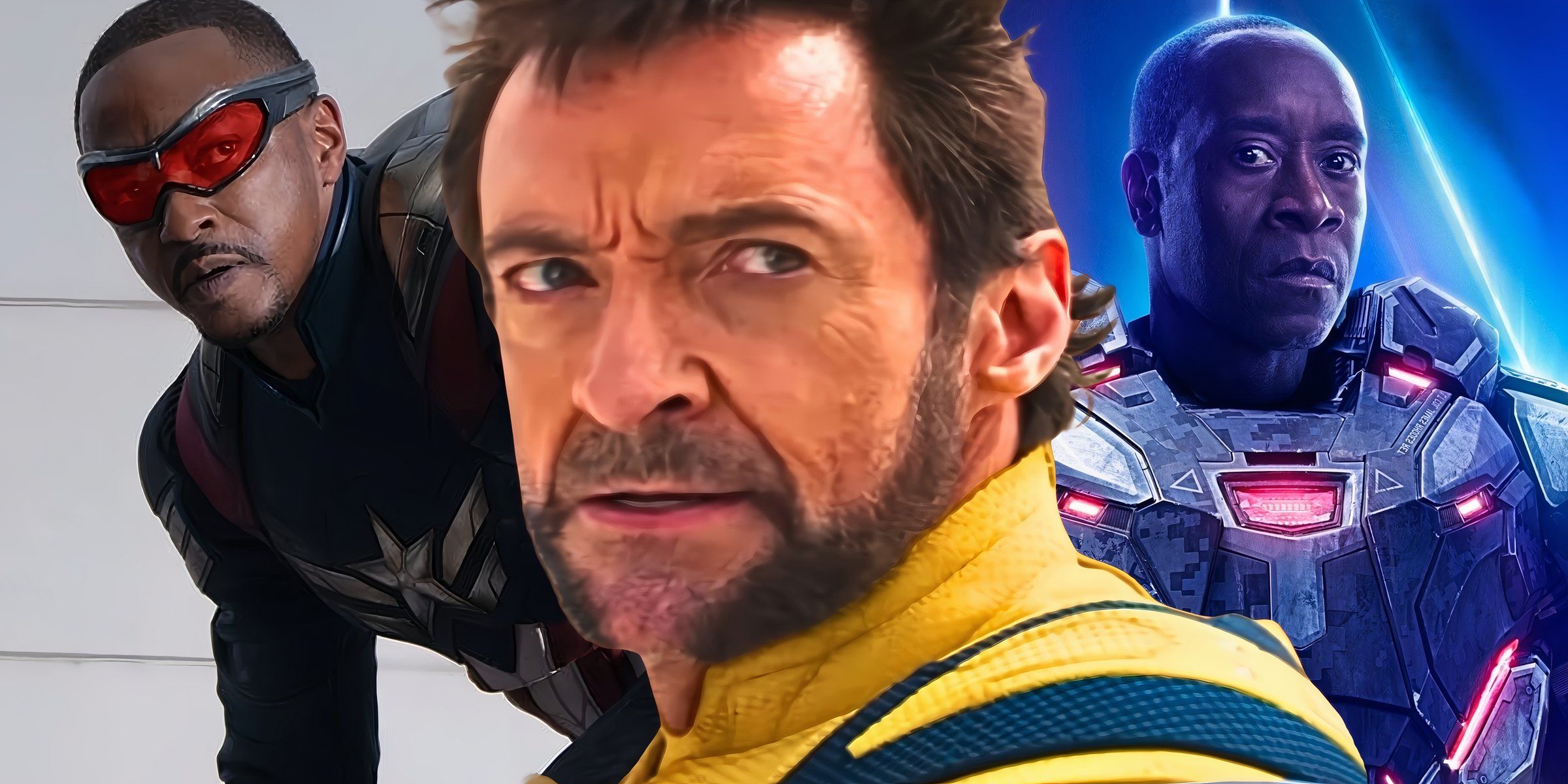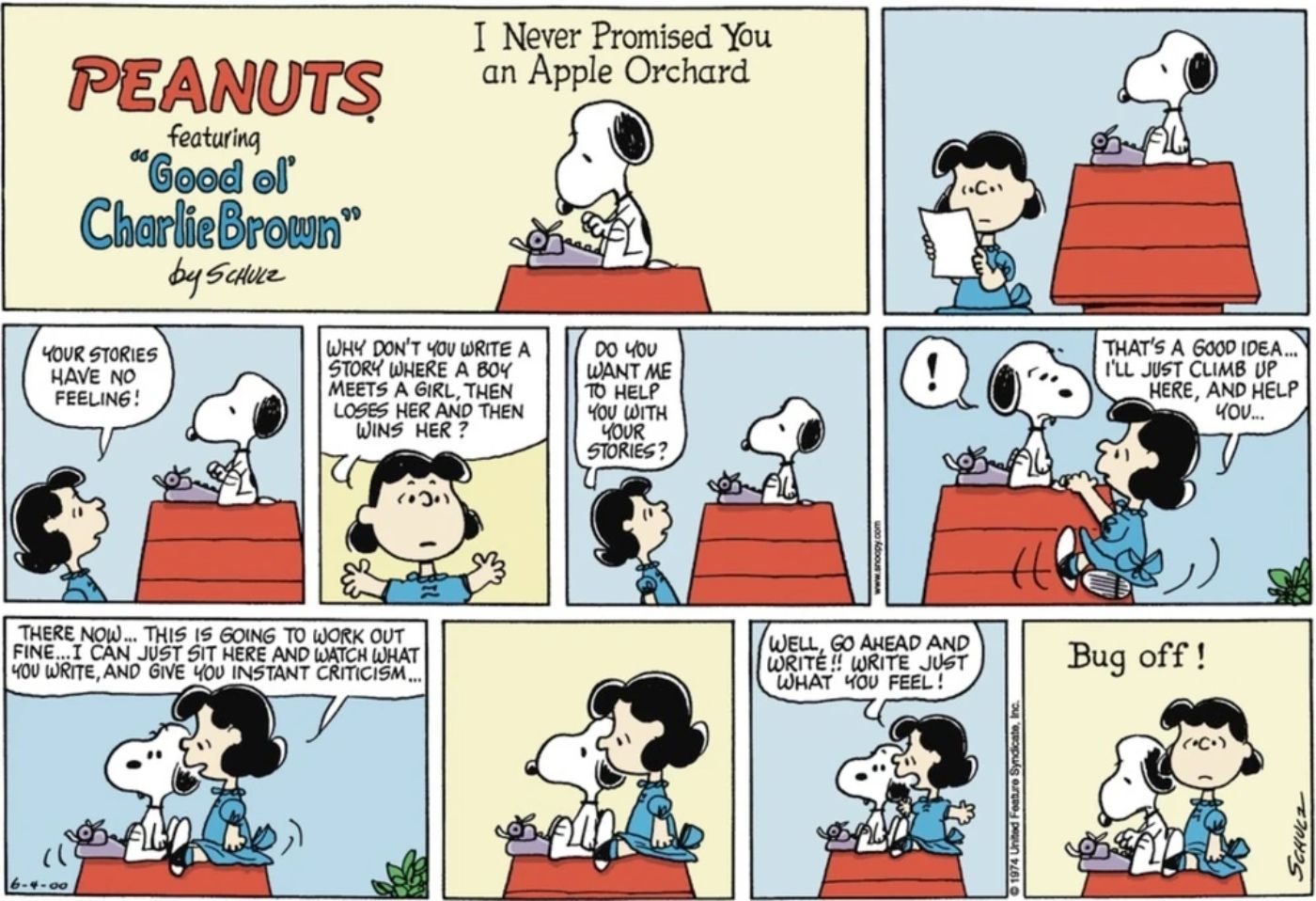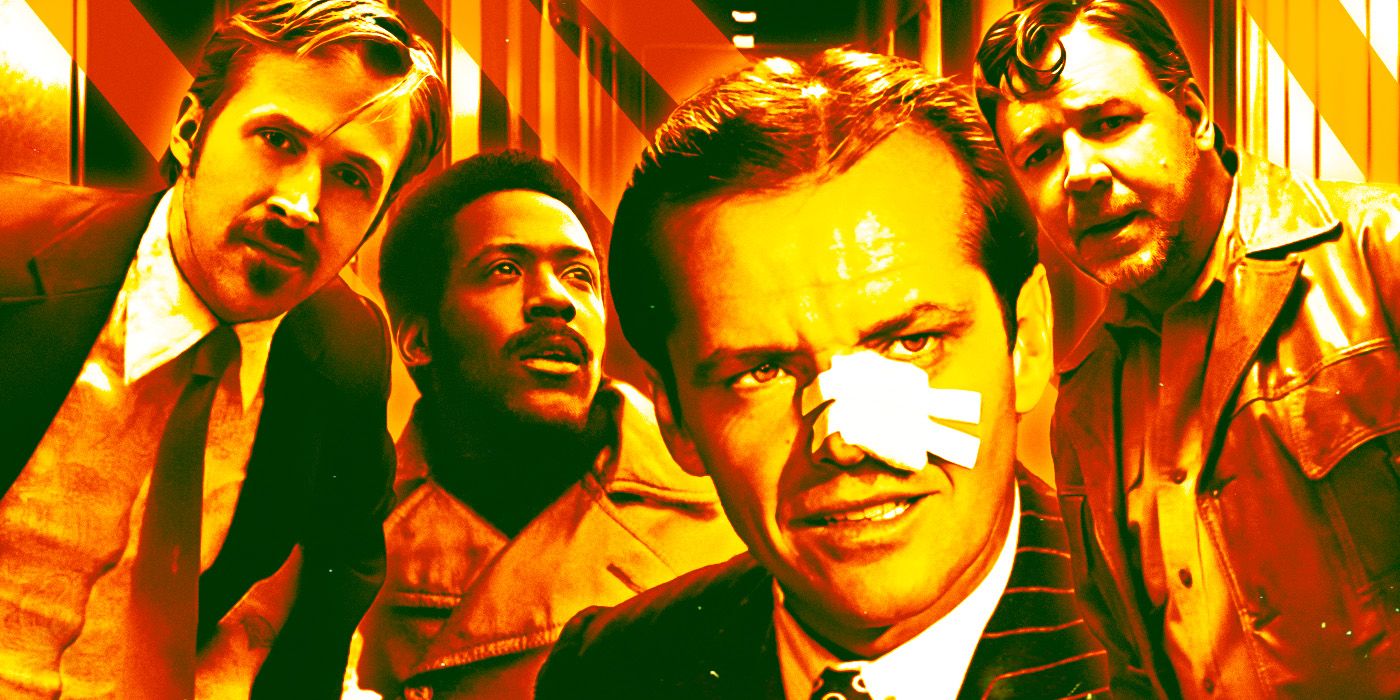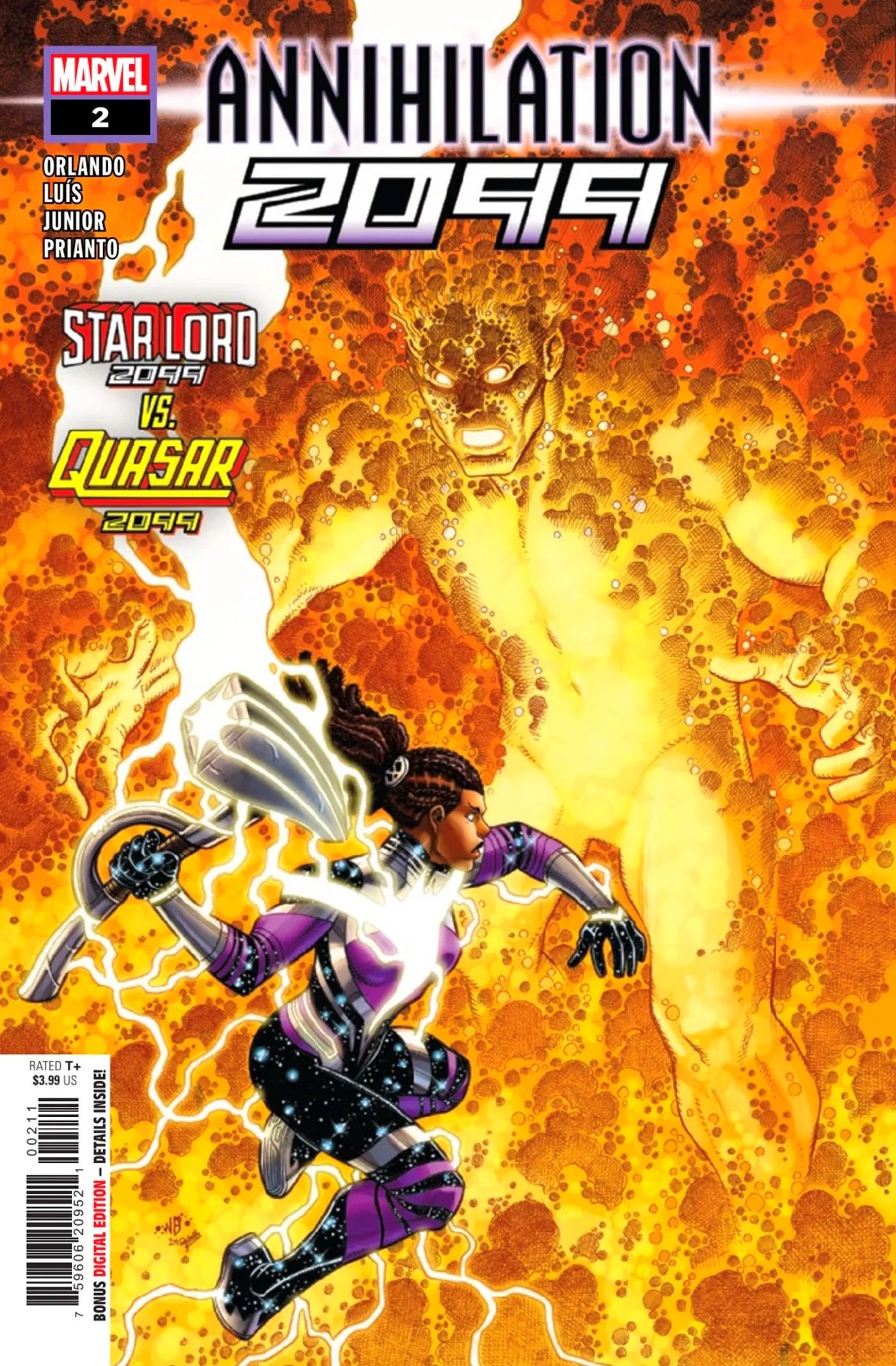The Killers of the Flower Moon author is proudly defending the movie. Martin Scorsese’s movie portrays the murder of members of the Osage and the aftermath of their brutal and planned deaths. It questions the true justice that the FBI can deliver and the harsh reality of life in the 1920s in Oklahoma for indigenous people. While the book has a large focus on the FBI’s perspective, Scorsese elected to offer a focus more tailored to the Osage character Mollie.
Author David Grann is more than happy to defend the book changes. While speaking to Entertainment Weekly, Grann explained that the book offers three different perspectives, which is not necessarily possible in the limited runtime and other limiting realities of making a movie. In fact, the Killers of the Flower Moon creators contacted Grann, and he readily approved of the many changes. Check out his quote below:
So, the book was really told in three points of view. The first point of view was Mollie’s; the second point of view was the FBI’s; and the third point of view was from the present and from the descendants, showing that although the FBI caught a couple of killers, they really had failed to expose the much deeper conspiracy. It was a kind of a triptych of a book and a very sweeping history. It goes all the way back to when the Osage laid claim to the central part of the country and all the way up to the present. In a film, I don’t think that’s possible. You can’t, nor should you. So, I think their decision to focus on that relationship was the right decision.
I remember when they first called me [about changing the focus], I said, “Oh yeah, I would definitely do that.” I never saw the first script, so I don’t really know exactly what it contained. But if you just focus on the second part, it would have been a misrepresentation of the history; it would have only been a slice. I think focusing on this relationship was the right decision because that relationship is also very representational of the crimes that took place. If you can kind of understand that relationship a little bit, you can begin to understand what happened on a macro level. So, I thought that was the right way to go about it.
Developing…





